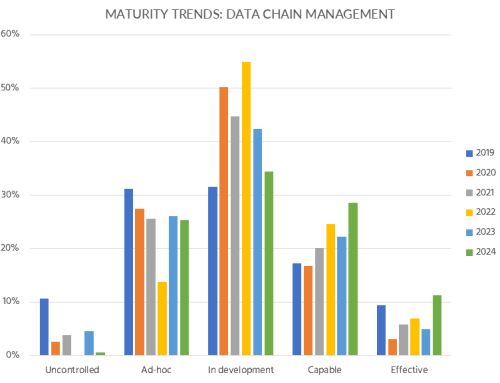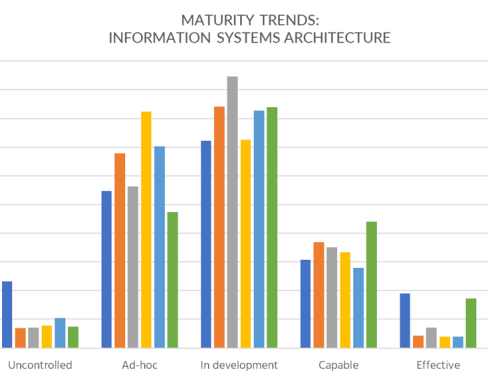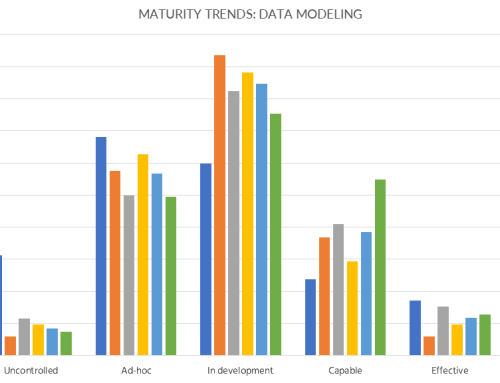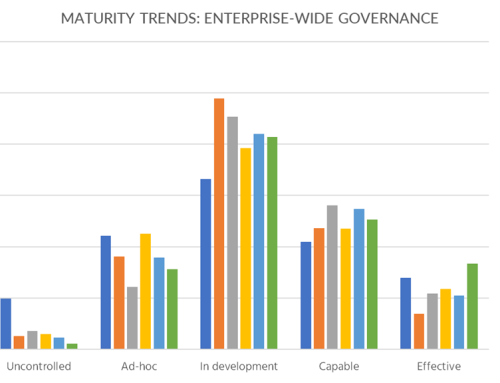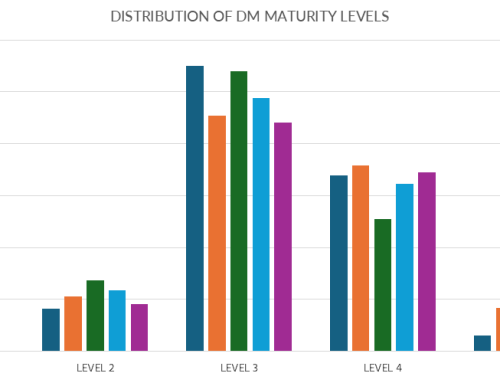This article examines 5-year maturity trends of the data quality capability.
This is the last article in the series “Tracking Data Management Maturity: A Five-Year Perspective” (2019–2024).
Its purpose is to examine the evolving trends in the data quality capability and to introduce a new approach to measuring maturity based on the outcomes of these capabilities.
In this article, we will:
- Define the data quality capability within the context of the O.R.A.N.G.E. Data Management Framework, including its goals and key outcomes
- Highlight five-year trends in the development of this capability and its underlying components
- Provide practical recommendations for further improvement of data chain management maturity
Let’s begin by defining what data chain management entails, along with its goals and measurable outcomes.
Data Quality Management
Challenges
The key challenge with this capability is that it has not been uniquely defined across the leading industry guidelines, including DAMA-DMBOK2, DCAM®, CDMC™, and the TOGAF® Standard (see Figure 1).
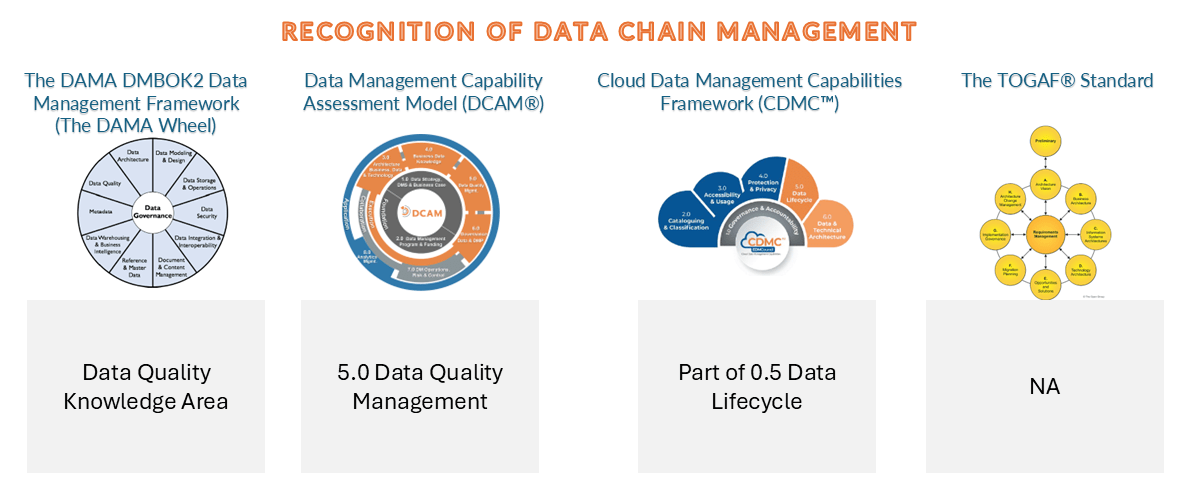
Figure 1: Data quality capability across industry guidelines.
The DAMA-DMBOK2 recognizes Data Quality as a separate Knowledge Area.
Data quality, according to the EDM association glossary, can be defined in two different contexts. On one hand, it is “ A measurement of qualitative and quantitative conditions that determine whether the data is fit-for-purpose in a business process or operation.” In the organization’s context, it is “The function that ensures the data being used for operating processes is fit-for-purpose.”
So, as we can conclude, the definitions of data quality differ between these two leading industry authorities.
Two guidance frameworks from the EDM Association took different approaches. DCAM® 3.0 considers Data Quality Management as a separate high-level capability, while CDMC™ has embedded it as a sub-capability of Data Lifecycle Management.
The TOGAF® Standard, a leading enterprise architecture framework, has not included this topic.
Definition
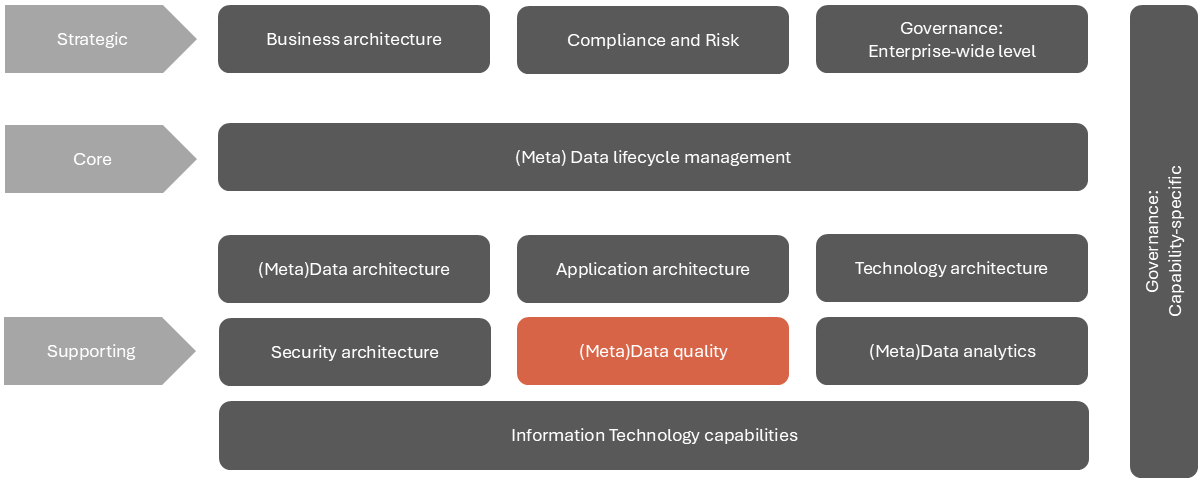
Figure 2: The Data Management Capability Map.
The O.R.A.N.G.E. Data Management Framework applies the following definition of the data chain management:
Data quality management is a company’s ability to deliver data for intended use and of the required quality.
The O.R.A.N.G.E. Data Management Framework recognizes data quality management as the core value-delivery capability within the overall data management landscape, as illustrated in Figure 2.
Data Quality Management: Purpose, Outcomes, and Capability Components
The purpose of a capability represents its high-level aspiration—it answers the question: “Why does this capability exist?” It is stable over time and cannot be directly measured.
For data quality management, the purpose can be defined as follows:
Ensure that data is used according to the intended use and is of sufficient quality to support operational efficiency, regulatory compliance, and data-driven decision-making across the organization.
To assess whether this purpose is being fulfilled, we rely on outcomes—measurable results that demonstrate progress toward the purpose. Outcomes answer the question: “What measurable result indicates success?”
Examples of outcomes for the above purpose include:
- Reduced operational inefficiencies caused by poor data
By improving data accuracy, completeness, and consistency, the organization minimizes delays, manual corrections, and rework in critical business processes such as billing, reporting, and customer service. - Improved decision quality across business functions
Access to high-quality data enables more reliable analyses, forecasts, and strategic decisions—reducing the risk of errors, missed opportunities, and suboptimal resource allocation. - Increased trust in data among business users and stakeholders
Confidence in the data’s integrity and usability leads to higher adoption of data-driven processes, better collaboration between business and IT, and a stronger foundation for digital transformation initiatives.
Although the capability defines what the organization must do, practitioners also need to understand how, when, and where it should be done. Seven components that enable each business capability not only support measurement—they also operationalize the capability into a functioning business discipline.
Figure 3 illustrates these components and shows how they link to the overall governance capability.
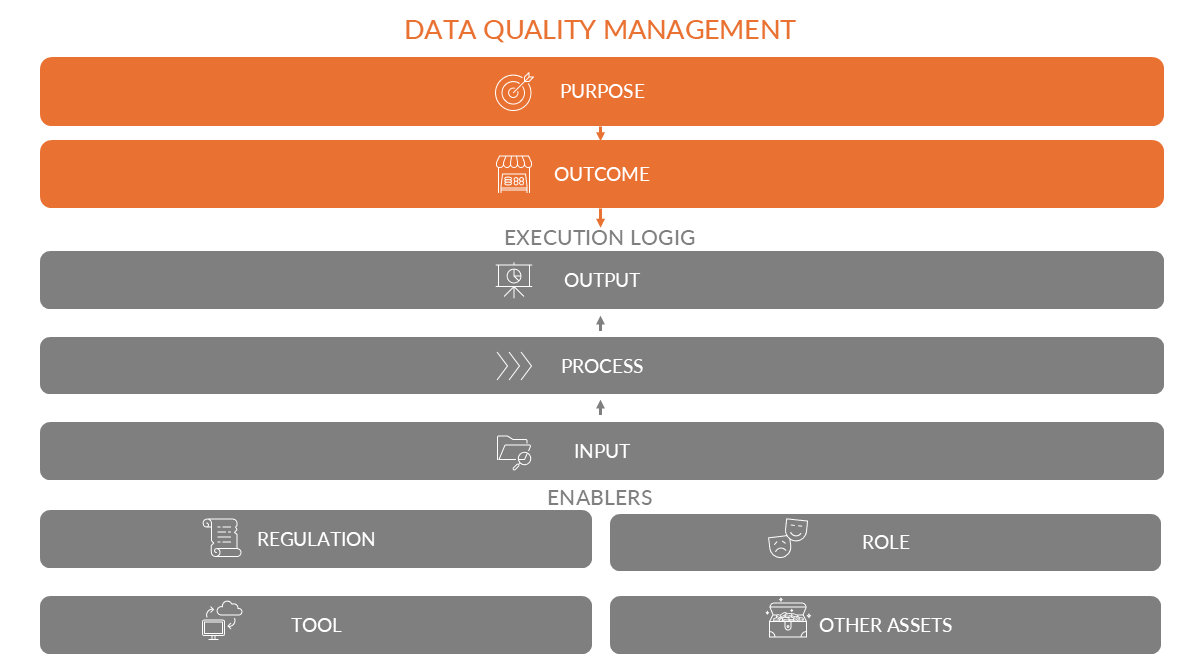
Figure 3: Approach to operationalizing the data chain management capability.
Designing the data quality management capability starts with a clear definition of its purpose—the strategic aspiration it aims to fulfill. Progress toward that purpose is measured through outcomes, which reflect whether the intended value is being delivered.
Each outcome is supported by one or more outputs—the concrete deliverables that signal progress. These outputs result from processes that act on specific inputs, forming the operational core of the capability.
To enable this flow, several components must be in place: regulations to guide activity, roles to carry it out, IT tools for automation, and other supporting assets. While these elements don’t produce outcomes directly, they ensure consistent execution, allowing outputs to be delivered and outcomes to be achieved.
With this structure in mind, let’s examine how the data modelling capability has evolved over the past five years.
Data Quality Management Capability: 5-Year Trends
As illustrated in Figure 4, from 2019 to 2024, organizations have made clear progress in maturing their data chain management capability.
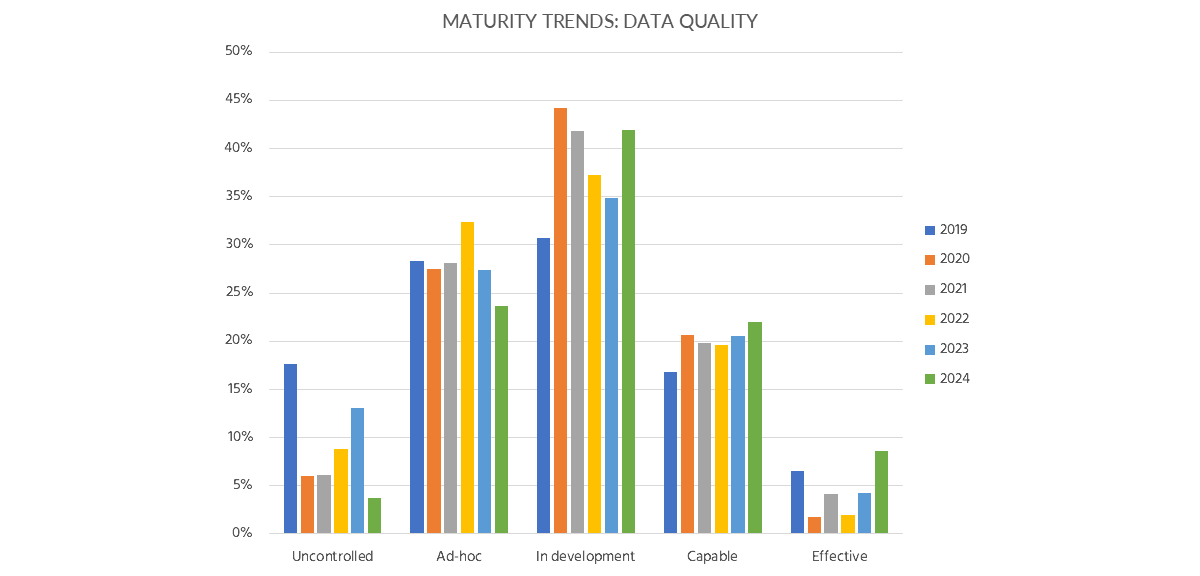
Figure 4: Trends in developing the data quality capability.
The maturity trend for data quality shows consistent improvement between 2019 and 2024, as illustrated in Figure 29. While the majority of organizations still operate at the “in development” level, the share has remained stable in recent years. The number of organizations that have reached the “capable” level continues to grow, reaching its highest point in 2024. Notably, the group achieving “effective” maturity has more than doubled since 2019, reflecting clear progress in building robust and sustainable data quality practices. At the same time, fewer organizations remain at the “uncontrolled” or “ad-hoc” stages, indicating that structured oversight is becoming the norm.
Indicator 1: Information for decision-making
This indicator evaluates whether an organization can deliver relevant and trusted data to support timely and effective decision-making. As shown in Figure 5, the 2024 results reflect a meaningful shift in maturity.
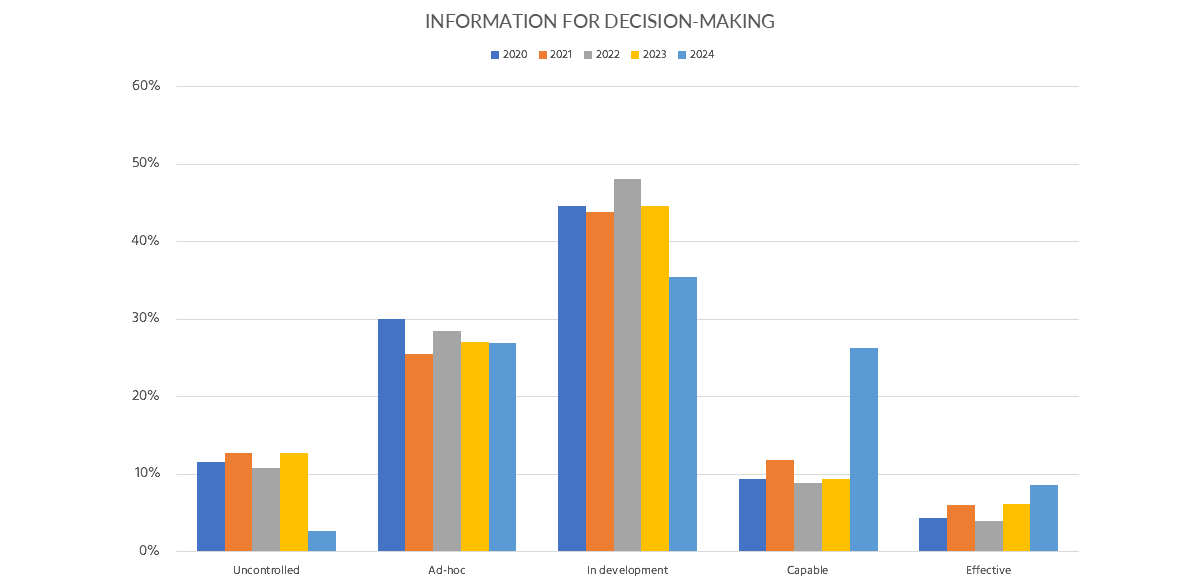
Figure 5: Trends for the indicator “Information for decision-making.”
Although “in development” remains the most common level, its dominance has noticeably declined. The number of organizations operating at the “capable” level has more than doubled since 2022, suggesting increased maturity in enabling informed decisions. Meanwhile, the “uncontrolled” level has dropped significantly, indicating that fewer organizations operate without mechanisms to ensure the reliability and relevance of data used in decision-making.
Indicator 2: On-time data and information delivery
This indicator measures how reliably and consistently data and information are delivered within the required timeframes.
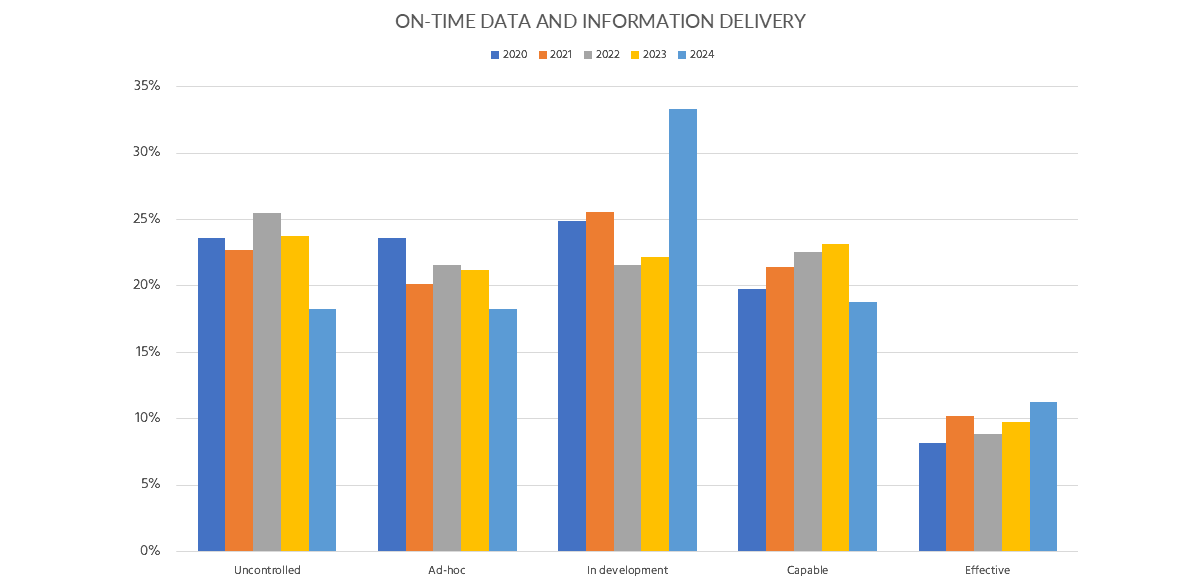
Figure 6: Trends for the indicator “Information for decision-making.”
As shown in Figure 6, 2024 marks a noticeable leap in maturity. The “in development” level experienced the most significant increase, reaching its highest point across all years. This improvement coincides with a clear decline in the “uncontrolled” and “ad-hoc” stages, signaling better control over delivery timelines. While the “capable” and “effective” levels remained largely unchanged, the upward movement at the mid-level suggests a growing organizational focus on achieving greater consistency and operational reliability.
Indicator 3: Data at the required level of quality
This indicator evaluates whether data meets the defined criteria for accuracy, completeness, and consistency.
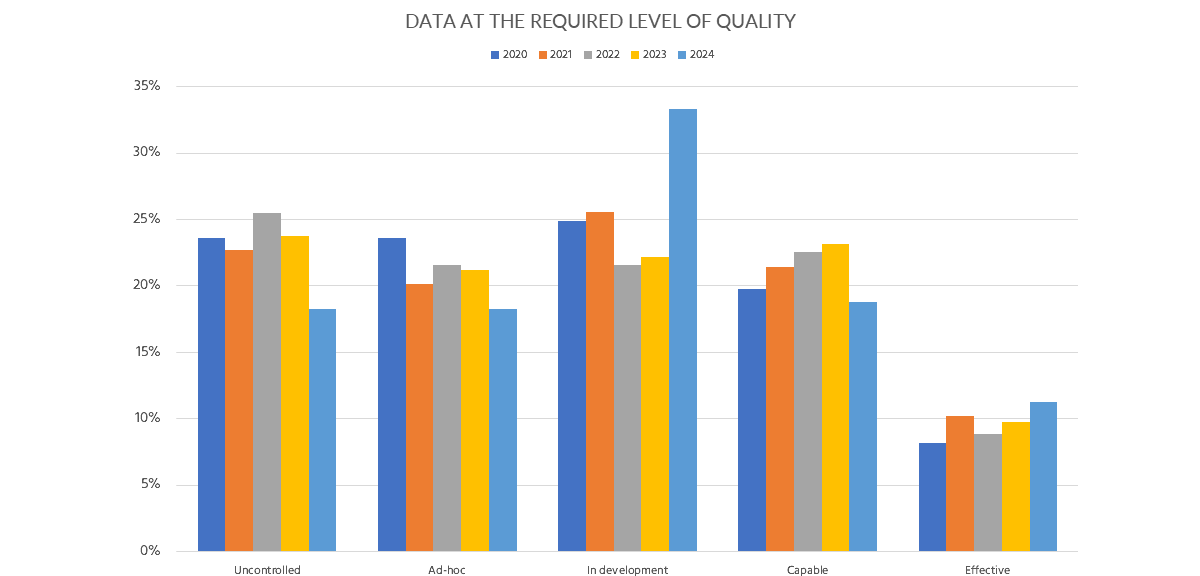
Figure 7: Trends for the indicator “Data at the required level of quality.”
As illustrated in Figure 7, the 2024 results reveal a noticeable increase in the number of organizations reaching the “in development” stage, pointing to growing awareness and investment in quality-related initiatives. However, progress at the “capable” and “effective” levels remains limited. This suggests that while improvement efforts are underway, many organizations still face challenges in delivering consistently high-quality data that meets defined standards across business operations.
Indicator 4: Data Quality Processes and Roles
This indicator assesses whether an organization has established clear roles and structured processes for managing data quality in day-to-day operations.
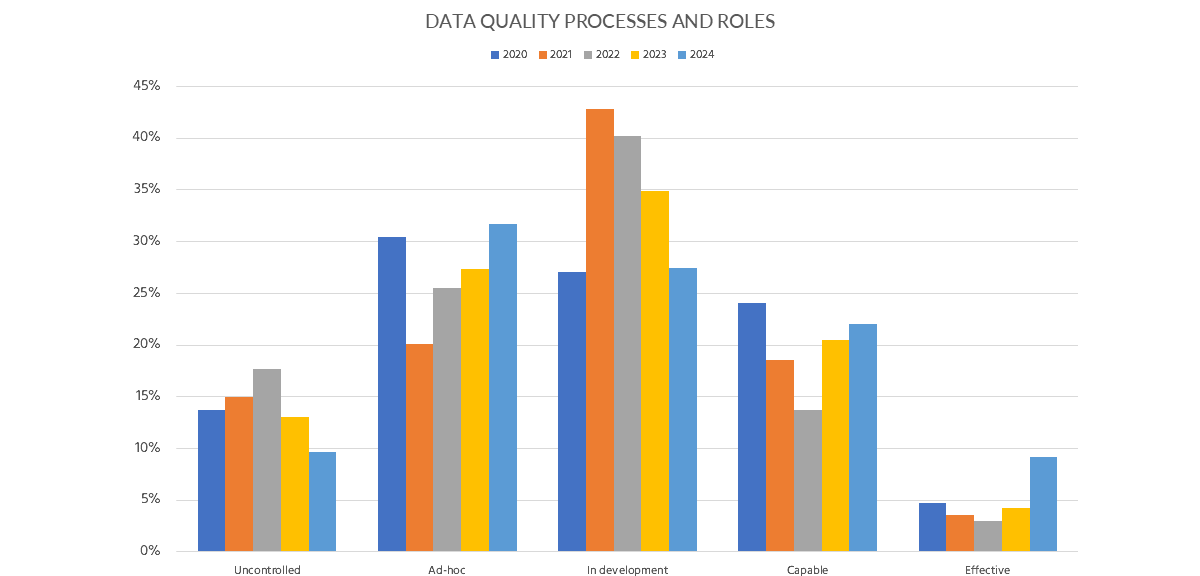
Figure 8: Trends for the indicator “Data quality processes and roles.”\
As shown in Figure 8, the majority of organizations continue to operate at the “in development” level. However, the steady growth in the “capable” and “effective” stages by 2024 reflects increasing formalization of operational responsibilities and quality controls. At the same time, stagnation at the lower maturity levels suggests that many organizations still lack consistent accountability for ensuring data quality across their processes.
Summary and Recommendations
The O.R.A.N.G.E. Data Management Framework uses a capability-based lens to evaluate and strengthen data quality management—connecting the capability’s business purpose to its intended outcomes, key deliverables, and the foundational elements needed for consistent execution.
Maturity trends from 2019 to 2024 demonstrate steady progress, as organizations move away from fragmented data flows and toward more structured lifecycle management and lineage documentation. While formal practices for documenting end-to-end data flows and integrating new data sources are becoming more common, significant room for improvement remains—especially in aligning stakeholder collaboration and achieving full traceability of data transformations.
To advance the development of the data chain management capability, an organization should:
- Define clear outcomes linked to business value
Clarify how data chain management contributes to decision-making, compliance, and operational efficiency by aligning data flows with business processes and goals. - Design and formalize the data lifecycle model
Establish a consistent framework for managing data creation, transformation, usage, retention, and disposal—forming the foundation for all data chain activities. - Implement tools for lineage and traceability
Leverage technology to track how data is transformed and consumed across systems, supporting compliance, trust, and impact analysis. - Coordinate stakeholder roles and responsibilities
Align data chain-related activities across departments by defining roles, assigning ownership, and promoting cross-functional collaboration. - Assess capability maturity and drive continuous improvement
Apply structured indicators and capability-specific KPIs to monitor progress, identify bottlenecks, and inform the ongoing development of data chain practices.


